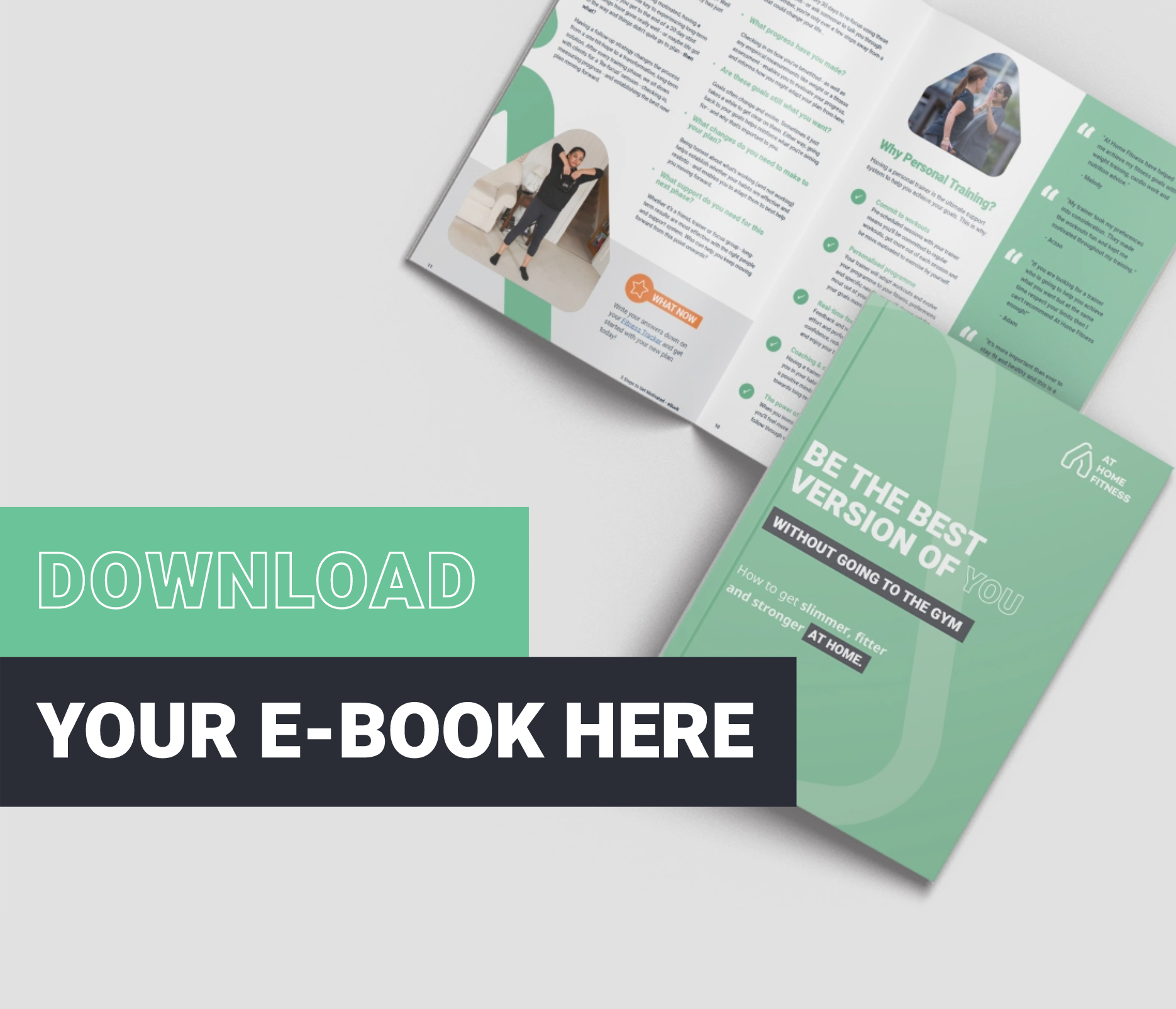Fibre is a carbohydrate that cannot be digested in the body. Found only in plant-based foods, it’s a crucial component of a healthy diet. There are many different types of fibre, which are often categorized into two main groups – soluble and insoluble fibre. Soluble fibre dissolves in water, whereas insoluble fibre does not.
Let’s explore the reasons why fibre is important, where to find it and some of the reasons and warning signs that you might not be getting enough.
Fibre is an important dietary component for many reasons. Some of the benefits include:
You have probably heard about the importance of “good bacteria” in the gut. These bacteria need to be “fed” in order to thrive. Most macronutrients from food are absorbed into the bloodstream before they reach the gut. This is where fibre is important. Unlike other carbohydrates, fibre reaches the large intestine, where it can offer food for your gut bacteria.
Fibre adds bulk to stools, helping to soften them and make them easier to pass. Some types of fibre can reduce the incidence of constipation and haemorrhoids. Several studies have also found links between diets that are rich in fibre and a reduced risk for colorectal cancer. Many of the foods that are naturally high in fibre are also rich in nutrients, so there may be a combination of factors at play.
Fibre helps to slow down the absorption of sugar into the bloodstream. This can help keep blood sugar levels under control and may even reduce your risk for diabetes. Some types of fibre can also reduce cholesterol levels.
A fibre-rich diet can also help you achieve your weight loss goals! Because it assists with keeping your blood sugar levels stable and helps you to feel full, you’ll be less likely to overeat. Foods that are naturally high in fibre are also generally lower in calories than many other foods.
Fruits, vegetables, whole grains, legumes, nuts and seeds are all good sources of dietary fibre. Fibre-rich foods generally contain both soluble and insoluble fibre. Knowing this should suggest that consuming a diet with sufficient levels of fibre doesn’t need to be complicated. In general, a minimally processed, plant-based eating regime will ensure you’re covering your fibre bases.
This is great news, considering there is a huge array of additional benefits associated with a simple “real food” approach to eating. Whole foods such as fruits and vegetables are high in vitamins, minerals and other nutrients, which help to support a healthy lifestyle.
We should be able to get enough fibre from a healthy balanced diet. However, many people simply don’t eat enough fruits, vegetables, or whole grains (more on that in a minute!)
The Mayo Clinic recommends 21-25 grams of fibre per day for women and 30-38 for men. Their list of foods that are naturally high in fibre specifies serving sizes and grams of fibre in each type of food.

In general, processed foods are low in fibre. If you’re consuming a diet high in processed foods, there’s a good chance you’re not getting enough fibre. Processed foods will usually list the fibre content on the packet, which you can compare to the amount of fibre in plant-based whole foods.
Remember that it’s not only fibre you’re missing out on when your diet is based around processed foods. Processed foods are also usually lower in nutrients, and higher in ingredients like sugar and salt.
Many popular diets restrict, or sometimes even eliminate entire food groups. If you’re following a diet that has restrictions on food groups that contain good levels of fibre (i.e. fruits, vegetables, whole grains, nuts, seeds, and legumes), then it’s worth taking a look at your overall fibre intake to make sure you’re getting enough.
There are several possible signs and symptoms that could indicate you’re not getting enough fibre. It’s important to recognise that these signs could be indicative of something else, so seek advice from your primary health practitioner if you are unsure.
Potential indicators of low fibre include:
This is perhaps the most widely known warning sign of insufficient fibre. If you suspect that your constipation could be diet-related, try gradually increasing your intake of high-fibre foods. Make sure you’re also drinking enough water.
Protein and fat are not the only meal components that help with satiation. Fibre is also extremely important because it’s not digested by the body and takes it’s time to work through your system. This may cause you to want to eat more calories you need, and could end up being a contributing factor for weight gain.
Fibre helps to slow down the release of carbohydrates into your body. Do you regularly get an energy rush after eating, followed by a crash soon after? If so, take a look at your fibre intake. A low fibre intake may cause blood sugar spikes could also lead to other warning signs. These include low energy levels and weight gain.
In summary, fibre is a crucial component of a healthy eating plan. It offers several health benefits, and you should be able to get enough of it when you consume a diet high in plant-based whole foods.
What are your favourite sources of dietary fibre? Do you think you’re getting enough fibre? Please feel free to join the conversation and leave a comment below!
Learn and apply the 5-step journey we use to help clients transform their health and firnes from home
Plus get our best tips, blogs and motivation from the nationwide team every week.
Your email address will only ever be used to send you health & fitness tips, in accordance with our Privacy Policy
